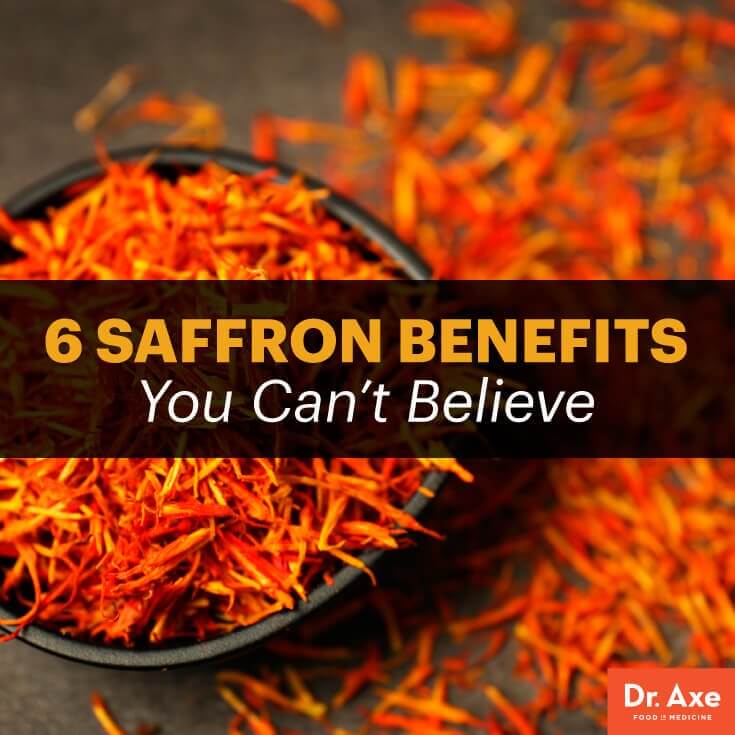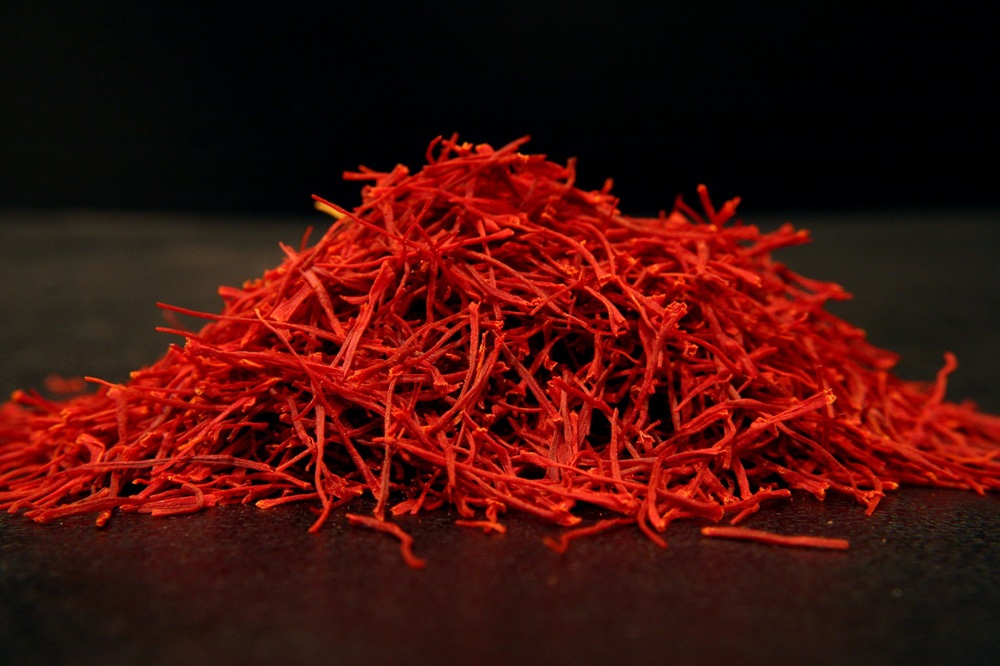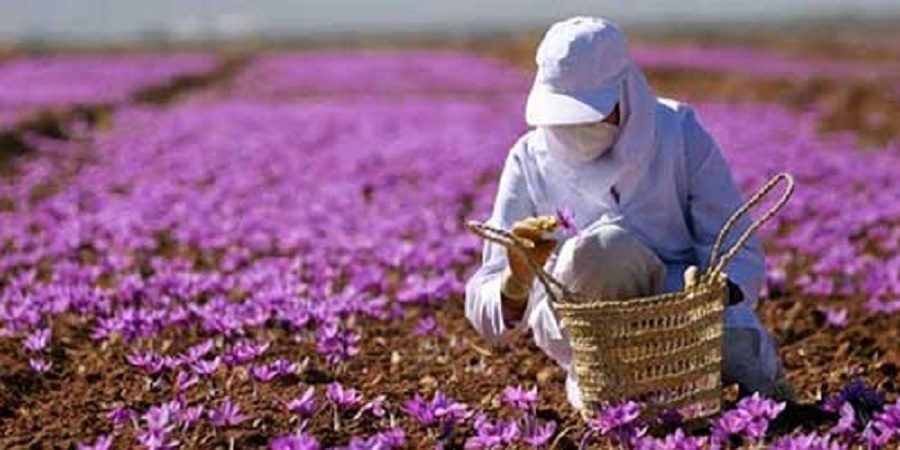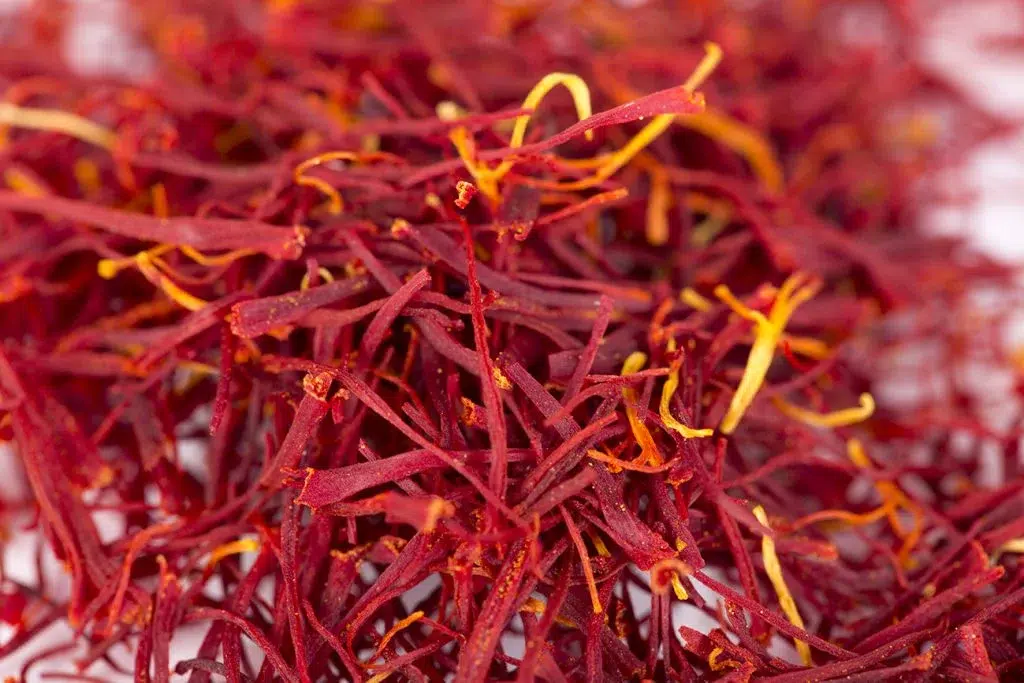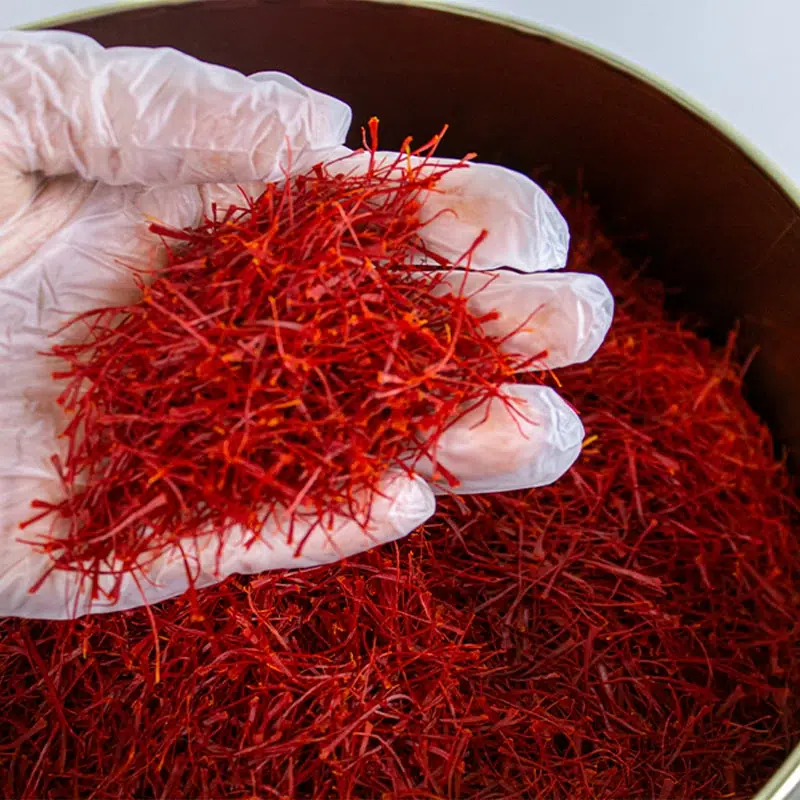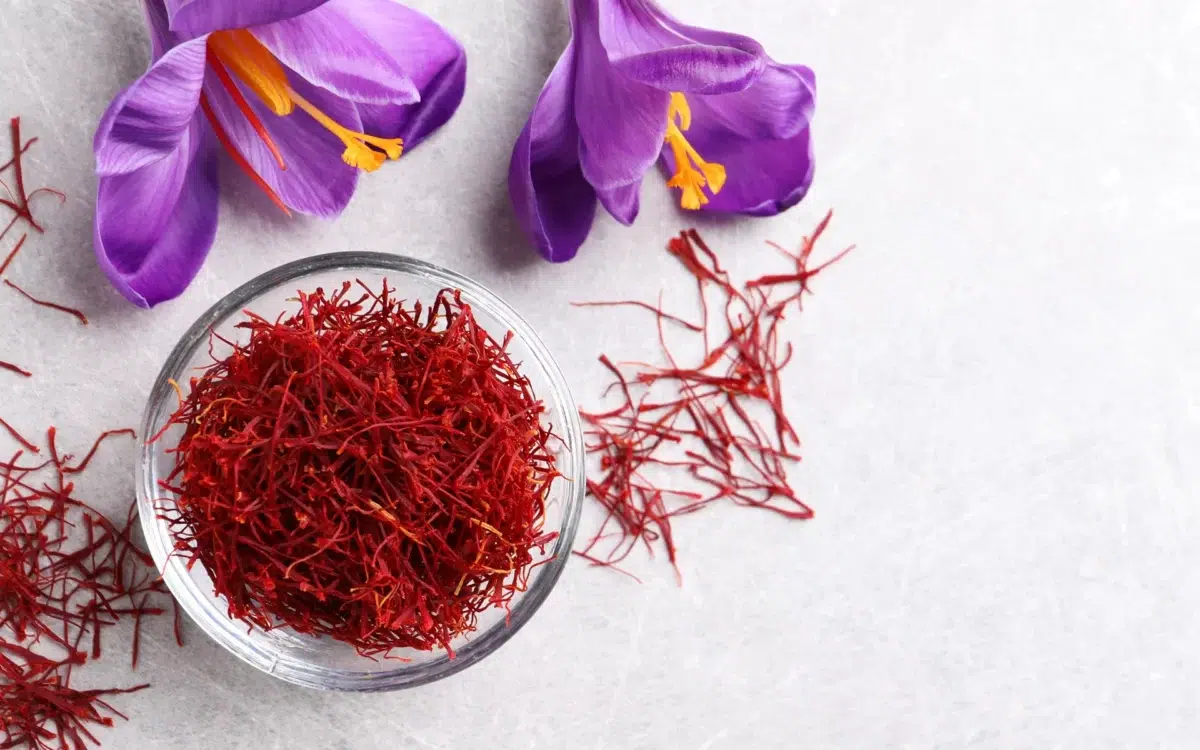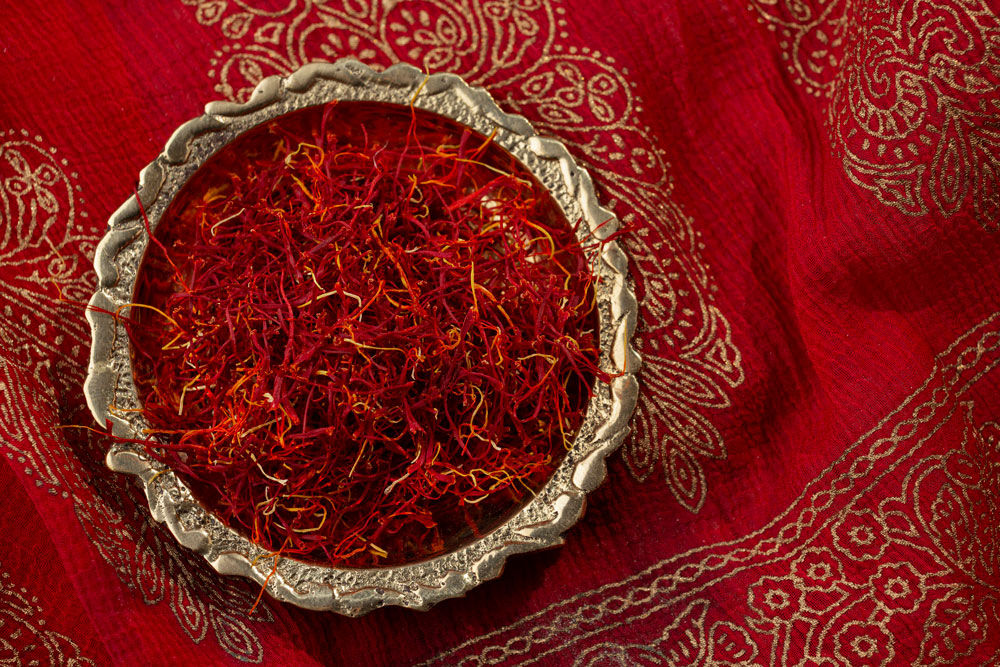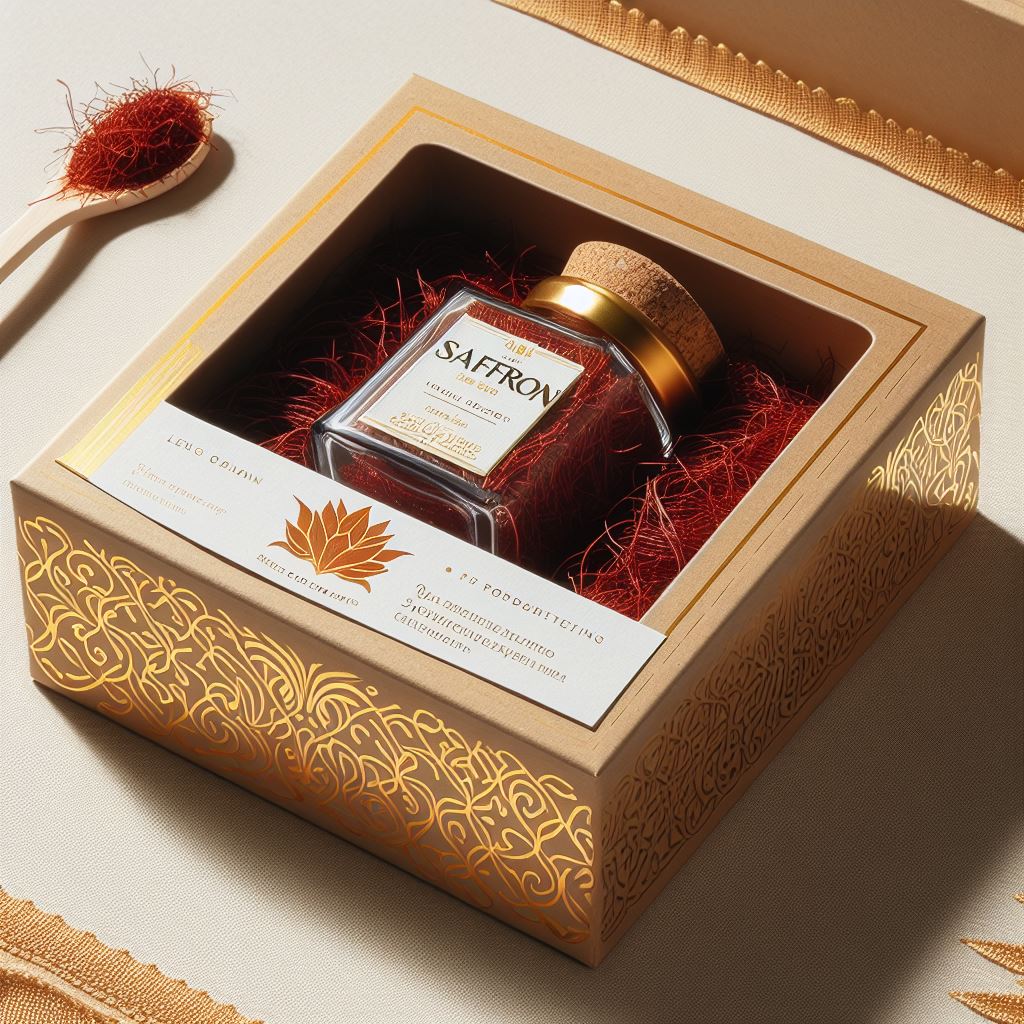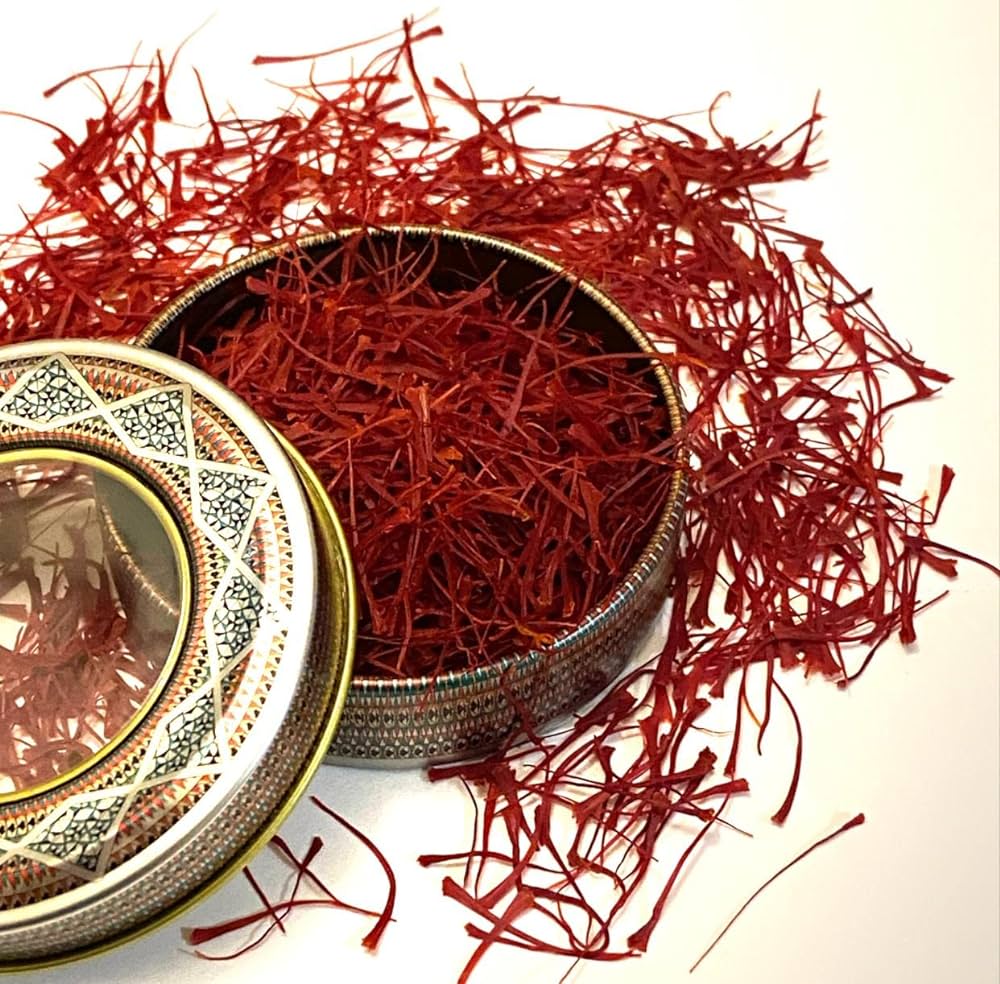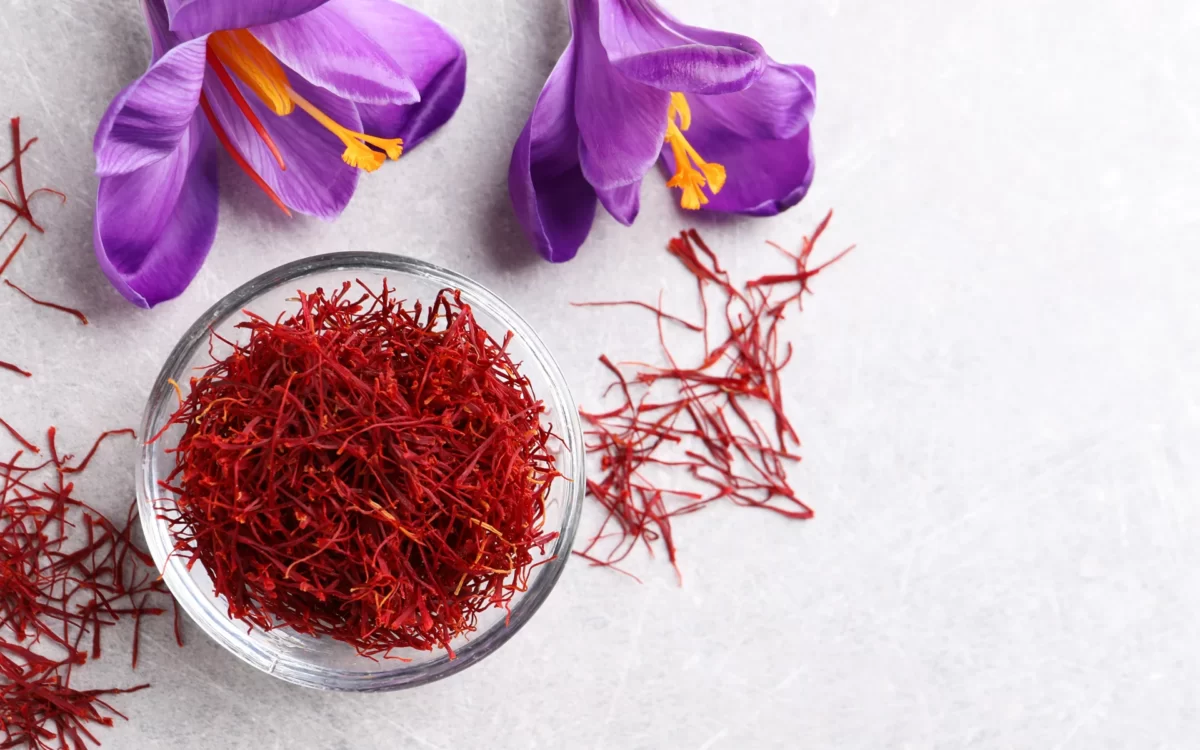Saffron is one of the most valuable and expensive spices known worldwide, thanks to its color, flavor and medicinal properties. What medicinal properties, you may ask? The list is extensive and continues to grow.
As one of the top 14 herbs of the Bible, experimentation is underway when it comes to exploring the new potentials for this versatile spice, a spice that’s been shown to boost the heart, mind and more for centuries.
Saffron Benefits
1. Boosts Cardiovascular Health
Recent studies have shown great promise of saffron constituents in the promotion of a healthy cardiovascular system. Heat shock proteins (HSPs) 27, 60 and 70 in particular were significantly linked to metabolic syndromeand atherosclerosis so researchers wanted to investigate the effect of this herb on antibody titers to HSP in patients with metabolic syndrome.
The levels of heat shock proteins 27, 60, 65 and 70 were measured in a study published in the Journal of Complementary & Integrative Medicine during supplementation, with 105 participants diagnosed with metabolic syndrome. The participants were randomly divided into two groups and were given either 100 milligrams a day of a placebo or saffron. After three months, the antibodies to heat shock proteins 27 and 70 were reduced greatly in the saffron group. (1)
2. Treats Erectile Dysfunction
Erectile dysfunction (ED) affects more than 150 million males throughout the world. In traditional medicine, saffron was used as an aphrodisiac, with the constituent crocin credited for its aphrodisiac activity.
In a pilot study to evaluate this traditional use, 20 male participants with ED were evaluated for 10 days. Each morning, the participants took a tablet containing 200 milligrams of this spice. The participants underwent the nocturnal penile tumescence test and the international index of erectile function questionnaire (IIEF-15) at the start of supplementation and at the end of 10 days.
After the 10 days of supplementation, there was a statistically significant improvement in tip tumescence and rigidity as well as base tumescence and rigidity. The ILEF-15 total scores were significantly higher in after participants were supplemented with this herb. There was a positive effect on sexual function with increased duration and number of erectile events seen in men with erectile dysfunction only after taking it for 10 days. (2) Thus, this traditional spice also potentially works as a natural remedy for impotence.
3. Possesses Potential Anticancer Effects
Cancer is considered to be the second leading cause of death in the world. Saffron as a medicinal plant is known for its anticancer capabilities, making it a potential natural cancer treatment.
In a randomized, double-blind clinical trial published in the Avicenna Journal of Phytomedicine, the effects of saffron on response to treatment in patients suffering from liver metastasis were evaluated. Thirteen participants suffering from liver metastases were included in this study and then divided into two different groups. Both groups received chemotherapy regimen. Participants in group 1 were treated with saffron capsule (50 milligrams, twice daily) during chemotherapy periods while group 2 received a placebo.
A sum of the longest diameter was calculated and compared for all lesions in IV contrast CT scan before and after the treatment. Out of the 13 who participated, six quit and seven continued until the end. In the group treated with saffron, two participants showed partial and complete response (50 percent) whereas in placebo group, no response was seen. Also, two deaths in the placebo and one in saffron group occurred. This research suggests that saffron might be useful in patients suffering from liver metastasis and other cancers. (3)
4. Alleviates Symptoms of PMS
Premenstrual syndromes (PMS) are among the most common health problems reported by women, affecting 2o percent to 40 percent of women of reproductive age. Saffron is considered an excellent antispasmodic so researchers at the Tehran University of Medical Sciences’ Vali Asr Reproductive Health Research Center assessed whether it could alleviate symptoms of PMS. Women aged 20—45 years with regular menstrual cycles who experienced PMS symptoms for at least six months were eligible for the study. Women were randomly assigned to either group A, who receive 15 milligrams of capsule saffron twice a day in the morning and evening or group B, who received a capsule placebo twice a day for a two menstrual cycles.
The women were evaluated for PMS symptoms using a Premenstrual Daily Symptoms (PDS) questionnaire and Hamilton Depression Rating Scale (HAM-D). Results showed a significant improvement in both tests (PDS and HAM-D) for the women in the saffron group compared to their pre-treatment symptoms and also showed a significant improvement in symptoms compared to the placebo group. (4)
5. Promotes Satiety and Weight loss
In a Malaysian study, researchers wanted to investigate the satiety property of saffron. Women participants were given a capsule of Satiereal twice daily or an inactive placebo with no restrictions in dietary intake. After two months, the participants using the saffron extract reported a decrease in snacking and lost more weight than the control group. (5)
The researchers concluded that this herb can help treat obesity by curbing the appetite, promoting weight loss.
6. Treats Anxiety and Depression
Depression is a serious disorder in today’s society with estimates of lifetime prevalence as high as 21 percent of the general population in some developed countries. As a therapeutic plant, saffron was used for depression in Persian traditional medicine, and researchers wanted to assess the efficacy this herb in the treatment of mild to moderate depression in a six-week clinical trial.
Thirty adult outpatients who met the clinical interview for depression participated in the trial. Participants had a baseline Hamilton Rating Scale for Depression score of at least 18. In this double-blind, single-center trial, participants were randomly assigned to receive a capsule of saffron (30 milligrams a day) in group 1 or a capsule of the antidepressant imipramine (100 milligrams per day) in group 2 for a six-week study. Saffronat this dose was found to be effective in a similar manner to imipramine in the treatment of mild to moderate depression. (6)
In another study published in the Journal of Complementary & Integrative Medicine, 60 adult participants with anxiety and depression were randomized to receive a 50 milligram saffron capsule or a placebo capsule twice daily for 12 weeks. The questionnaires Beck Depression Inventory (BDI) and Beck Anxiety Inventory (BAI) were used at baseline, six and 12 weeks after starting medication. Fifty-four participants completed the trial. As a result, the supplementation of saffron had a significant effect on the BDI and BAI scores in comparison to placebo during 12 weeks. (7)
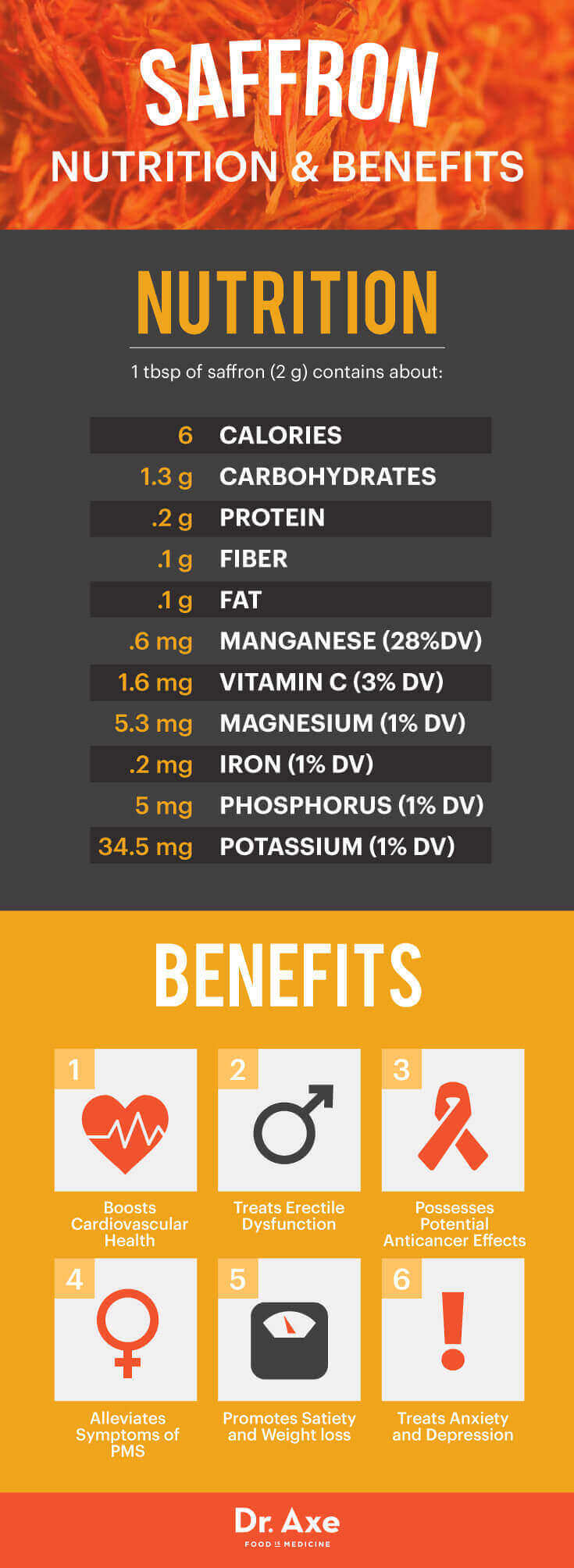
Saffron Nutrition
One tablespoon of saffron (two grams) contains about: (8)
- 6 calories
- 1.3 grams carbohydrates
- 0.2 gram protein
- 0.1 gram fat
- 0.1 gram fiber
- 0.6 milligram manganese (28 percent DV)
- 1.6 milligrams vitamin C (3 percent DV)
- 5.3 milligrams magnesium (1 percent DV)
- 0.2 milligram iron (1 percent DV)
- 5 milligrams phosphorus (1 percent DV)
- 34.5 milligrams potassium (1 percent DV)
How to Use and Cook Saffron
The edible part of saffron is the stigma, a long, thin, golden stalk within the flower. The main European-producing suppliers are from the La Mancha district of Spain. Asian producers are in China (called safalan), Kashmir (kesar) and Iran (zafran).
Throughout history, this herb has been available as ground or whole stigmas (threads), and it’s best to go with the threads for high-quality taste. There is isn’t any substitute for saffron, and because of its price, many attempts are made to pass off imitations. Pay caution to the tasteless, cheap, similar-colored spice called safflower.
Saffron is highly flavorful and aromatic, with a spicy, pungent and slightly bitter taste. The threads are used in many rice dishes as well as with vegetables, meats, seafood, poultry and in baked goods. They add a sharp, almost medicinal flavor and a beautiful yellow-orange color to the dish.
This spice is readily available in most specialty markets, and because of its high value, it may be stocked in a secured area. So if you don’t see any on the shelves, ask the store manager. Saffron is usually sold bulk in wooden boxes or to be packaged in foil in order to protect it from harsh conditions such as light and air.
Saffron Recipes
This delicious herb can be used in so many different recipes. For instance, it’s a staple in one of my favorite Daniel Fast recipes, harira, and of course is integral to saffron rice. Here are a few other recipes to try:
- Enjoy a warm bowl of Saffron Ginger Carrot Soup.
- Cook up a plate of Saffron Meyer Lemon Roasted Chicken.
- Satisfy your sweet tooth with Persian Saffron Pudding.
Saffron History and Interesting Facts
Crocus sativus L., commonly known as saffron, is the raw material for one of the most expensive spices in the world, and it’s been used for centuries. Egyptian healers used it to treat gastrointestinal ailments, and in Roman times, it was used to promote wound healing and relieve upper respiratory complaints.
In more recent times, it’s been used as an anti-inflammatory and anticancer agent and has also been investigated in the treatment of cognitive defects. Other uses of saffron in traditional medicine include as an abortifacient and in the treatment of spasms, fever, colds, bronchitis and insomnia. In folk and Ayurvedic medicine, it was used as an expectorant, sedative, anti-asthma, adaptogen, emmenagogue and in various opioid preparations for pain relief during the 16th—19th centuries. (9)
This exotic spice is native to Southern Europe and today is cultivated in many countries, mainly Iran, Italy, France, Spain, Greece, Turkey, and the Indian state of Kashmir and Jammu. The dried stigmas hold great importance in the production of cosmetics, pharmaceutics and textile-dye industries, along with cooking.
People would grow saffron all over Europe, but the massively high labor costs of harvesting it and the low yield per plant kept the supply well below the demand — yet the supply was sufficient enough that many people could possess small quantities of the spice for special occasions. These occasions included St. Lucia’s Day in Sweden and Christmas festivities of the Provence. It takes 100,000 hand-picked flowers to produce one kilo of dried spice. (10)
Despite the difficulty in growing it in Sweden, it was suggested by writers on Swedish festivals that this amazing spice has long been added to Lucia Day buns. Many cultures adopted its use as a medicinal or dietary substance, even if most can rarely use it.
Ancient Greeks expressed the infinite wealth of the gods by describing Zeus having a bed of saffron. Saffron was named “Blood of Hercules” and used as a protective amulet and ritual incense. Baked saffron cakes were served by the Phoenicians in honor of the fertility Goddess Ashtoreth and the moon. In ancient Mediterranean cultures, the spice was associated with strength, fertility, psychic sensitivity and sexual potency. (11) It was a popular healing and cleansing ritual to add it to love sachets and potions as well. (12)
This herb was mentioned in the Old Testament in Songs of Solomon, along with myrrh, aloe, calamus and cinnamon, as one of the most precious spices. It was only to be harvested by women of high status, such as priestesses, who wore garments dyed with saffron. (13)
Egyptians would mix it with honey, and Romans sought saffron as an aphrodisiac, sprinkling their marriage beds with it. Throughout its history saffron has also been used in body washes, as a narcotic, in potpourris, in cosmetics, as an antidepressant and, of course as a spice — both coloring and flavoring all manner of traditional dishes. (14)
Potential Side Effects of Saffron
Combining saffron with other herbs or supplements with hypotensive capabilities might increase the risk of hypotension. Some of these herbs and supplements include andrographis, casein peptides, cat’s claw, fish oil, CoQ10, L-arginine, stinging nettle, lycium and theanine.
Consuming five grams can lead to saffron poisoning, and symptoms include:
- yellow pigmentation of the skin, sclera and mucous membranes (mimicking icterus)
- vertigo
- vomiting
- bloody diarrhea
- hematuria
- bleeding from the lips, nose, uterus or eyelids
- numbness
- uremic collapse
- thrombocytopenic purpura leading to severe necrosis of the nose
It’s also reported that consuming 10 grams of saffron can induce abortion, with a lethal dose being 12—20 grams. Allergy-induced asthma and rhinoconjunctivitis have been reported, and anaphylactic reactions can occur within minutes of eating food preparations with saffron. Saffron is not to be used during pregnancy either.
Final Thoughts on Saffron
- Saffron is considered to be excellent for alleviating symptoms of PMS, depression, anxiety, and promote weight loss and enhance satiety.
- Saffron is commercially available at specialty stores and online as a powder or in the form of threads.
- It should not be consumed during pregnancy, should always be taken in small doses as directed and should not for an extended period of time.

